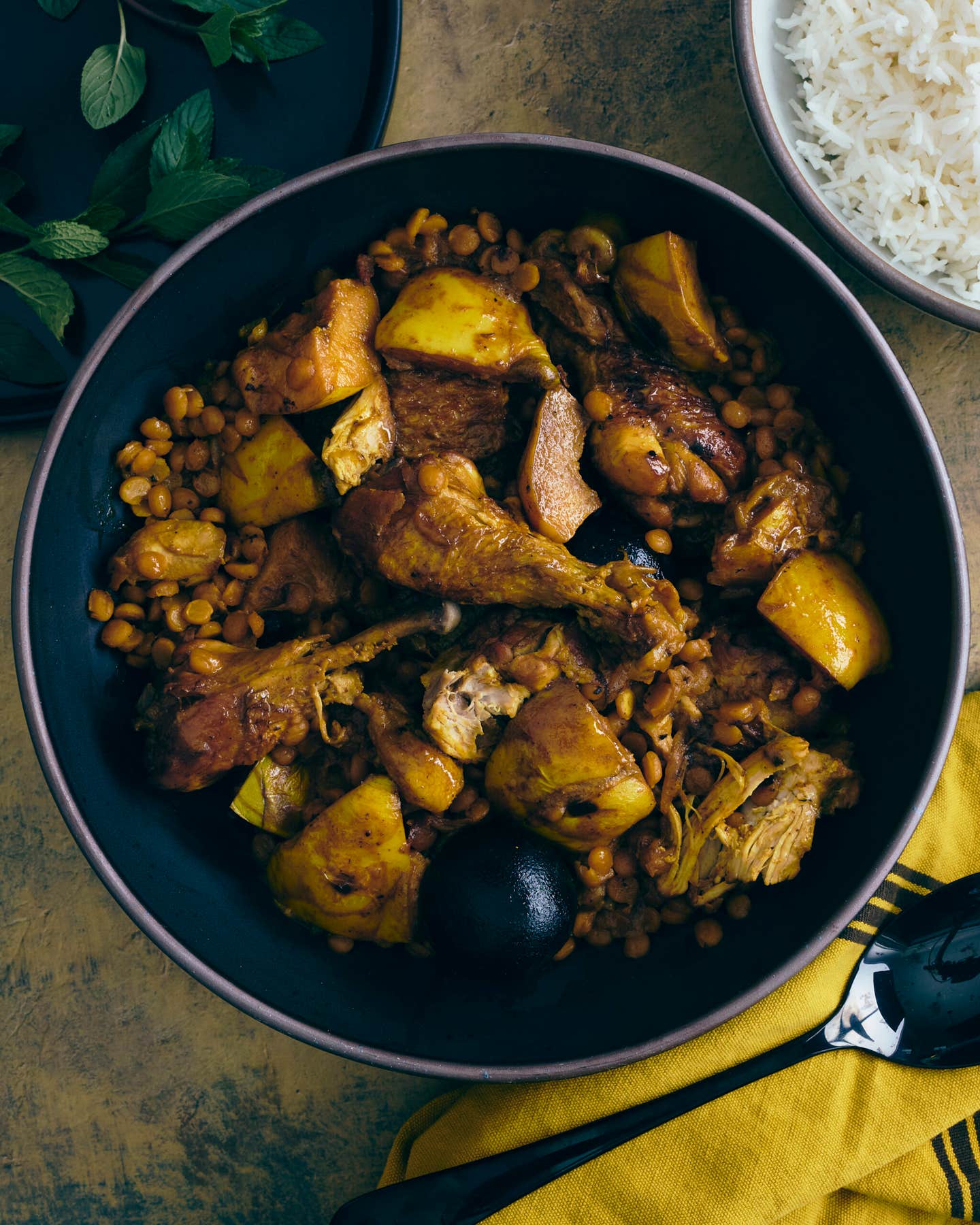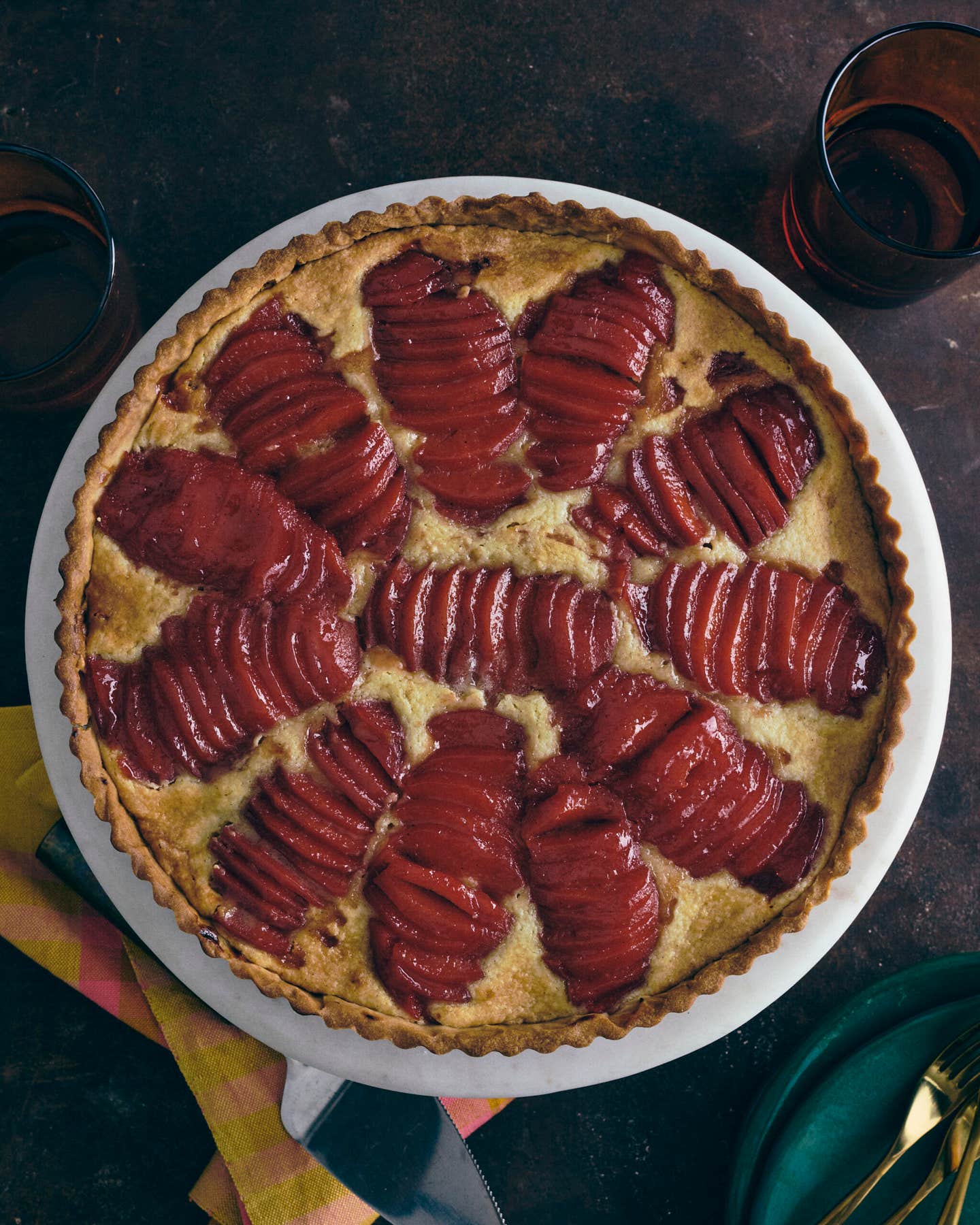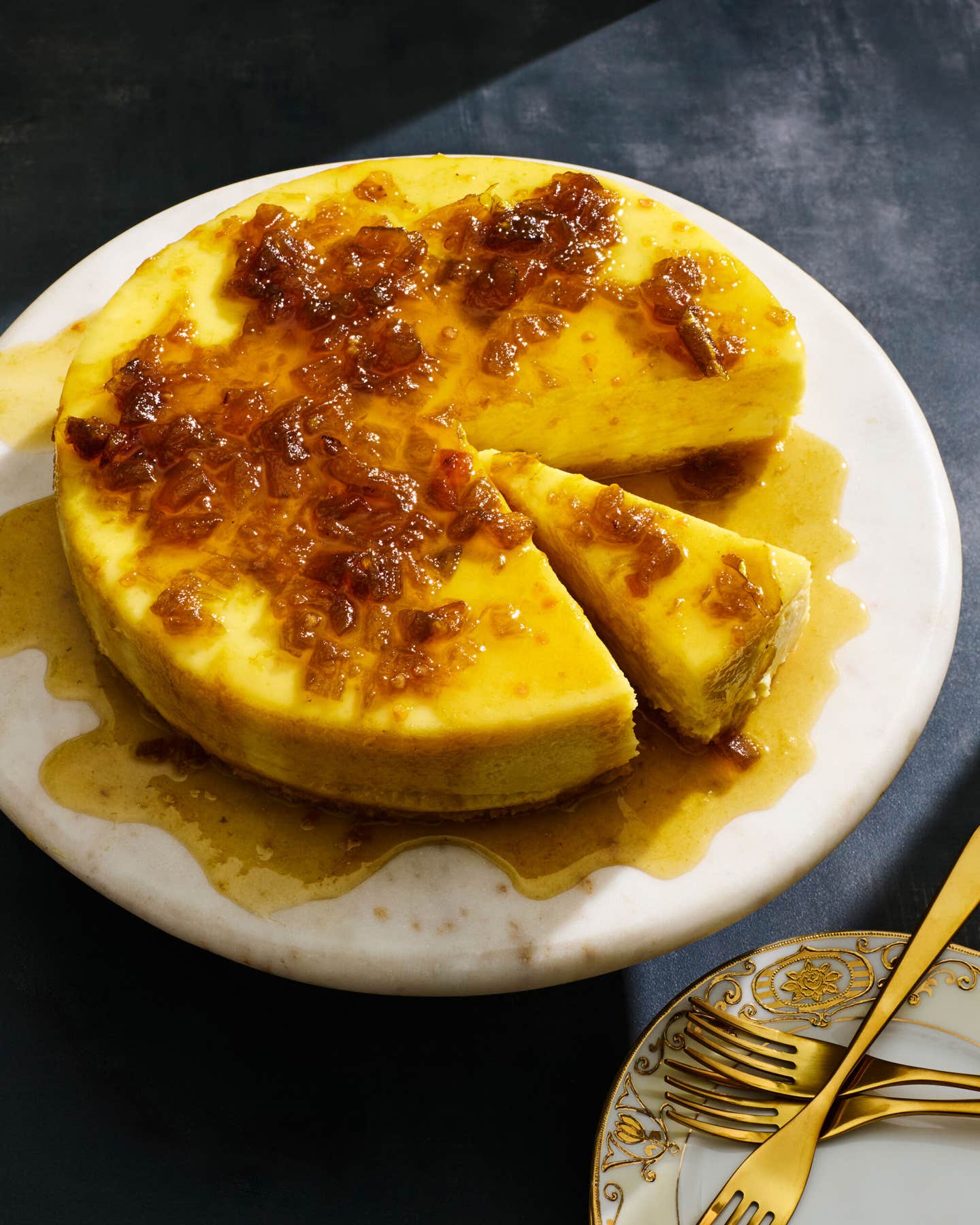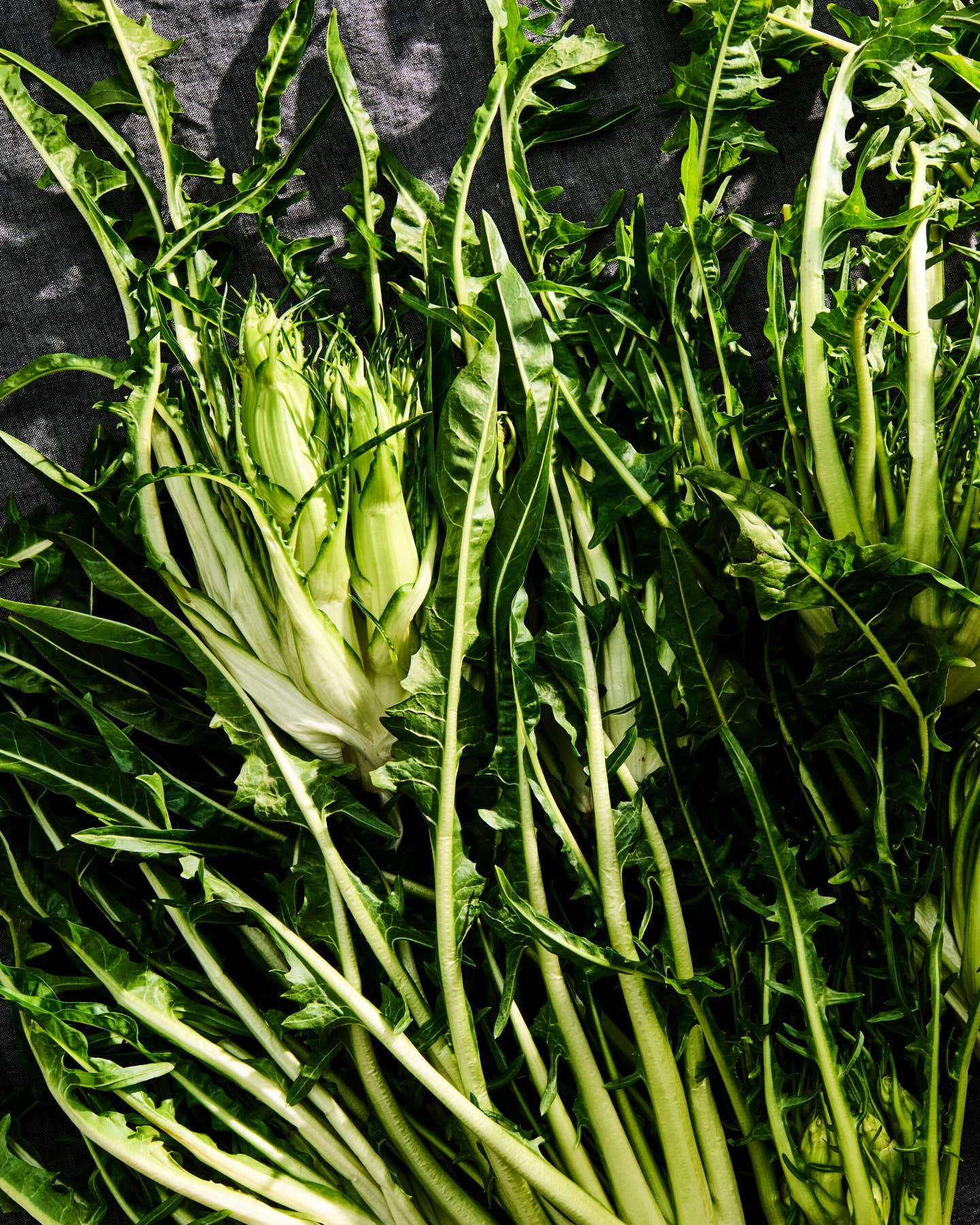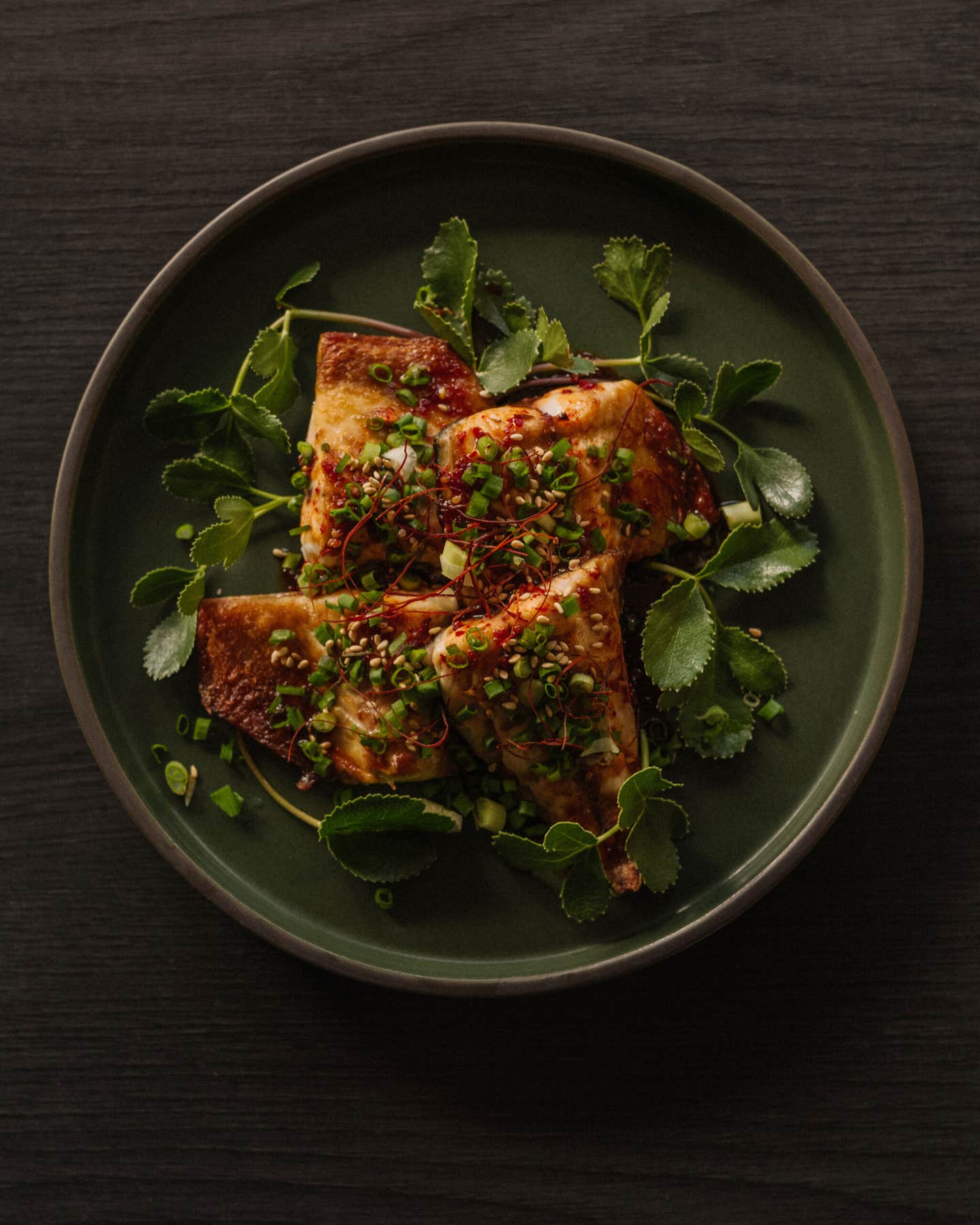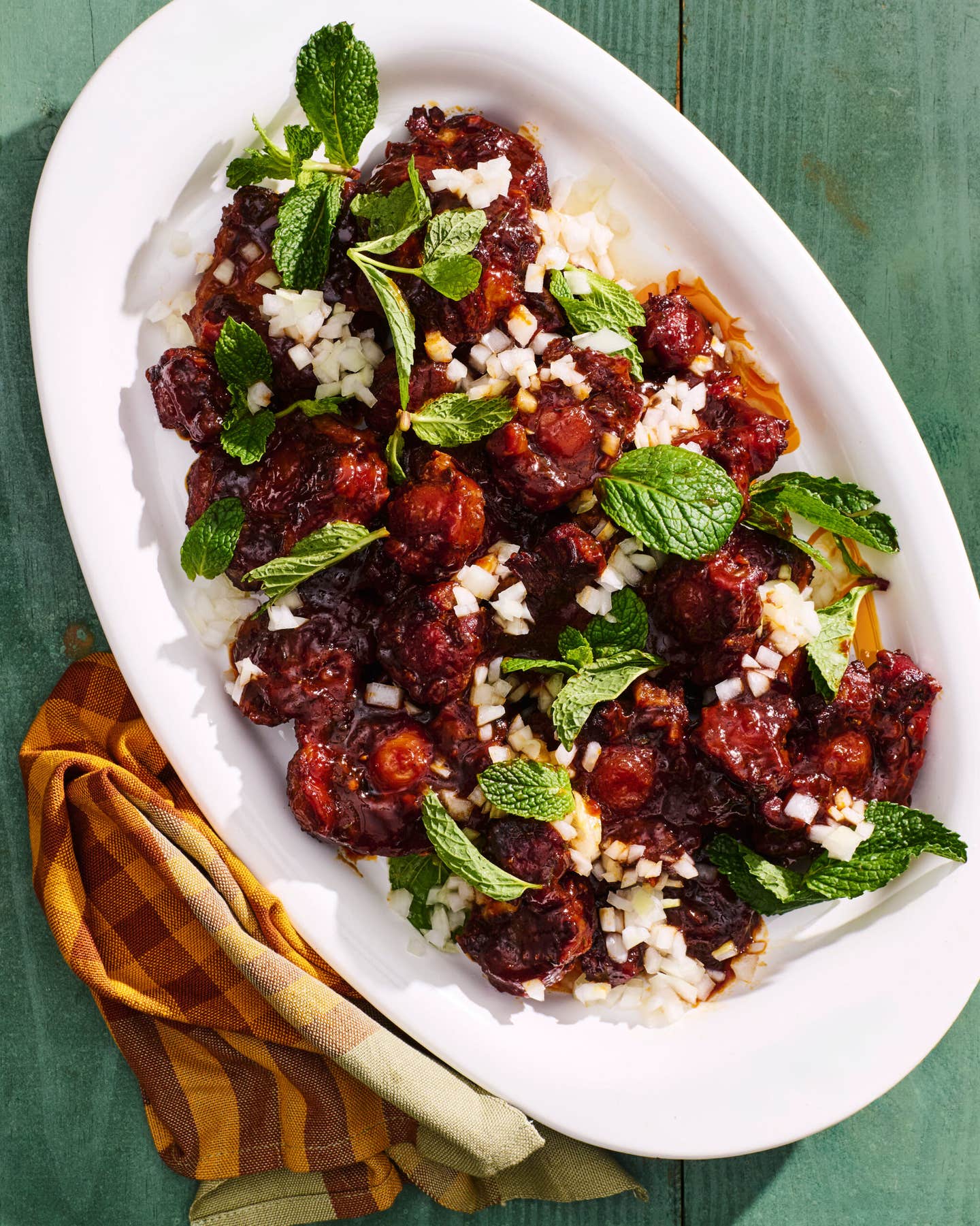
Elemental Ingredients of Pasta and Ragù
A true ragu alla bolognese served over fresh, handmade egg pasta could be called the ultimate tribute to the farmers, millers, and artisans of the fertile Po River valley and the surrounding region of Emilia-Romagna, Italy's agricultural heartland. The best cooks in Bologna and its environs know that a dish of pasta and ragu is only as good as the ingredients used to make it, and in this regard those cooks have an unparalleled bounty at their disposal. From parmigiano-reggiano cheese to the legendary cured hams of Parma, the agricultural and artisanal products from this part of Italy benefit from the region's uniquely humid and cool microclimate, as well as the tradition of filiera integrata, an integrated chain of production in which a by-product of one process (whey, for example, which is left over after the making of cheese) is conserved for use in another (for the feeding of hogs, say). Here is a closer look at the four elemental ingredients of pasta and ragu.
La Carne Ragu is, first and foremost, a meat sauce, and the meat that a cook chooses to add to the dish has historically depended on the particular region of Emilia-Romagna from which he or she hails. In Bologna, beef from retired dairy cattle was traditionally used, on its own or with a bit of veal. Cooks from outside the capital city have always been more flexible, using chicken livers, giblets, various kinds of game, and pork, another product for which the region is renowned. Nowadays, cooks are less tethered to geographic preferences, and they select their meat according to personal preference and availability. "I always add fresh pork," says Anna Nanni, the chef at Trattoria Amerigo dal 1934, outside Bologna, who says it adds a sweetness to the mix. "If I have prosciutto, I'll use it too." Prosciutto di Parma, the prized dry-cured, long-aged ham, is often deemed too pricey to add to ragu, though other, less expensive country-style prosciutti can give a lusty effect. Alberto Bettini, the owner of the restaurant where Nanni cooks, obtains his fresh and cured pork from a local farmer named Beppe Ferri, who raises hogs of a venerated breed, called mora romagnola, that was common in Emilia-Romagna until the 1950s, when other, more commercially viable breeds took over. The meat imparts a full flavor and, combined with other ingredients, makes Nanni's ragu one of the best in the region.
Il Latte The tradition of dairy farming in Emilia-Romagna reaches back to the Middle Ages, and butter and other dairy products figure prominently in the cooking of this part of Italy. The most famous among those products is parmigiano-reggiano cheese, which has a 700-year legacy in the region. This grana, as hard-grating cheeses are generically called in Italy, has a concentrated, nutty flavor that adds a distinctive dimension to many Bolognese dishes. In her book about the region's cooking, The Splendid Table, Lynne Rossetto Kasper notes that Renaissance cooks served pasta with a sprinkling of the cheese and a pinch of sugar and cinnamon. When ragu became pasta's favored companion centuries later, the cheese was often added to the finished dish as a final flourish. According to Rossetto Kasper, cream was traditionally added during the cooking process. Today, many cooks use milk instead.
La Farina Myriad factors contribute to the finesse of the region's pasta, but none is as critical to its characteristically ethereal texture as the flour, which is made from a soft wheat, or grano tenero, that flourishes there (as compared with the hard durum wheat used for making flour for dried pasta, or pasta secca, whose higher level of protein makes it chewier). The flour that many pasta makers seek out for fresh pasta bears the commercial designation "tipo 00", or doppio zero (double zero), a term that refers to the flour's high level of refinement and denotes a superfine, almost powdery texture. (In fact, doppio zero flour is similar to all-purpose flour, which is made from the same variety of wheat.) Some of the best flour produced in the region is made at Il Mulino del Dottore, a centuries-old, water-powered gristmill in the hamlet of Ca Bortolani, about 20 miles from Bologna, that grinds wheat grown on the property and sells it to restaurateurs and home cooks. It has a silkiness, freshness, and liveliness that even the best commercial flours lack.
Le Uova Emilia-Romagna's fresh pasta derives its unparalleled richness and bright yellow color from the use of fresh farmhouse eggs. The rust-colored yolks of the region's eggs (known as rossi, "reds") enrich the dough with fat and give the pasta a toothsome, springy quality. Though their hue isn't a sign of freshness (their color is simply the result of carotene in the grains the hens eat), they are exceedingly fresh: Italians don't typically refrigerate their eggs, so the ones sold at most produce markets aren't more than a day or two old.
Keep Reading
Continue to Next Story




